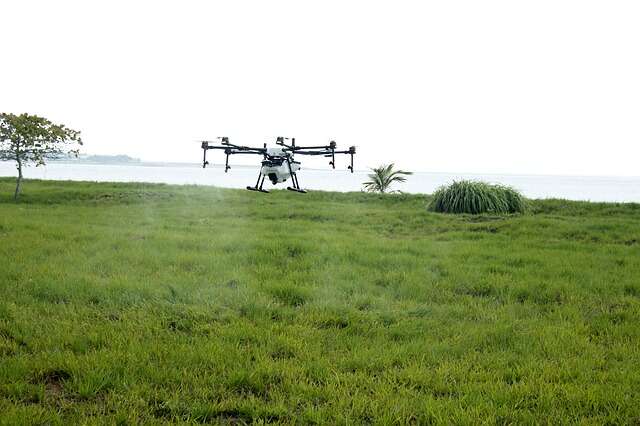by Mariana Montenegro, 11th Grade
Glyphosate is a key ingredient in many herbicides that eliminate weeds and unwanted crops. Although it was a commonly used pesticide, its use has been re-evaluated due to its toxic and harmful effects on the environment. However, over the past few decades, glyphosate has been integrated as a measure to fight drug trafficking in Colombia. One of the methods used to eliminate traffic of illegal substances is to destroy any illicit crops by diffusing the chemical over them.
Despite its effectiveness in its legal use, glyphosate presents extremely detrimental effects towards the environment and living beings that inhabit it. Other than being cancerogenic, the employment of glyphosate not only destroys possible illicit crops but it also destroys all the flora and fauna in the ecosystems around it. Furthermore, its most detrimental effect is the contamination of aquatic ecosystems and hydric sources, especially those used in rural areas, which tend to have more localized hydric systems.
The use of glyphosate creates respiratory problems, has toxic effects on animal populations, contaminates potable water, has a direct impact on the reduction of the bee population, and is even carcinogenic, not to mention that it completely destroys and changes wildlife and forest ecosystems.
Because of these effects, the use of glyphosate was banned in Colombia in 2015. However, recently, the reinstatement of this chemical was debated but quickly turned down by the Corte Constitucional due to its impact on the environment and agriculture. Many Colombians who marched against its reinstatement and many other factors, such as its controversy with the Acuerdo de Paz, contributed towards its quick shut down. However, everyone should still be aware of its detrimental effects and consider similar cases in order to act and fight against environmentally harmful practices.


